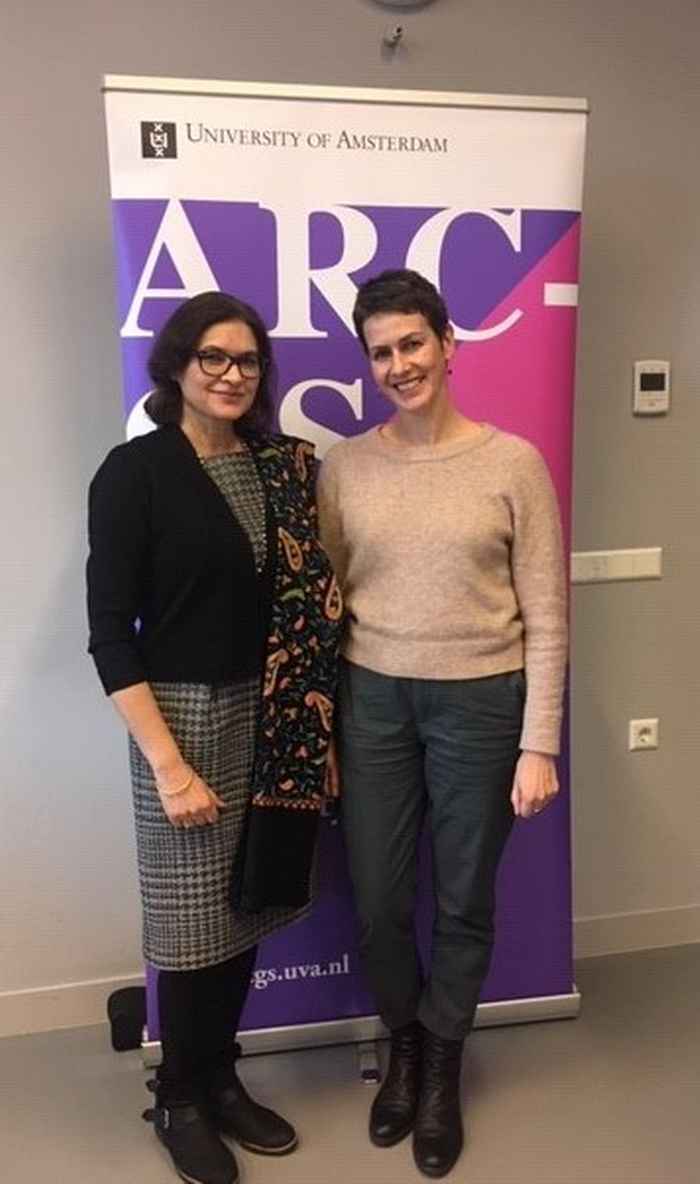“‘She asked for it’, ‘He didn’t mean to’: Rape myth acceptance among university students in England and India” Lecture by Professor Ravinder Barn (Royal Holloway University of London, UK)
By Simone Schneider
Sexual violence and rape myths
In recent decades, various countries have initiated new judicial regulations which resulted in an increased recognition for the importance and dreadfulness of sexual violence. Despite these transformations with regards to levels of acceptability of sexual violence, various individuals continuously employ and spread rape myths and re-shift blame in cases of sexual violence based on prejudicial and stereotypical ideas. Barn explained that actors utilize rape myths, amongst others, on individual, structural and therapeutic levels – for example to question a victim’s credibility or to emphasize that a perpetrator had no harmful intentions. Thus, rape myths portray a particular way in which individuals attribute blame and responsibility in cases of sexual violence.

Rape myths and attributions of blame
Attorneys, the suspect and well-known personalities employed rape myths also in the publicly disputed case of sexual violence of Ched Evans. Ched Evans, a Welsh soccer player, was accused of rape and initially found guilty in 2012 but later acquitted by a jury. In the lawsuit, Evans’ advocates publicly fostered various rape myths, for example by relating the rape accusations to the sexual prehistory of the victim. Barn described that individuals relate rape myths, for example, to the clothing or alcohol consumption of a victim. In that way, actors try to assert the idea that the victim brought the sexual violence on herself and hence attribute blame to the victim. In addition, biological and naturalizing explanations are frequently utilized by individuals to excuse and downplay the perpetrator’s actions.
Research on rape myth acceptance
Barn conducted surveys in England and India to further examine rape myth acceptance among university students in a comparative setting. Based on a pre-tested rape myth scale, Barn examined rape myth acceptance among 693 male and female university students. Additionally, she conducted focus groups and qualitative interviews with students after conducting the survey. Based on her findings, Barn argued that rape myth acceptance among university students was comparably low and that many students (strongly) disagreed with presented rape myths. Female, older and English students were less likely to endorse rape myths. Rape myths relating to women’s desire to be raped received the least agreement by students, whereas students attributed higher agreement to rape myths which related to the culpability and promiscuity of young women.
Rape myths and gender inequality
Based on her research, Barn concluded that certain rape myths are still accepted and endorsed by some university students in cases of sexual violence. As such, some students consider men as biologically predisposed to act in a certain way while women are framed as sexually transgressive, causing their own sexual assault. These assumptions and beliefs are very problematic, because individuals trivialize acts of rape and therefore maintain and deepen existing gender inequalities. The use of rape myths, for example in public, media or judicial discourse, can result in a reinforcement and consolidation of restricting cultural norms and patriarchal societal beliefs. Thus, Barn argued that further research on rape myth acceptance is necessary to better understand the beliefs and assumptions related to incidents of sexual violence.